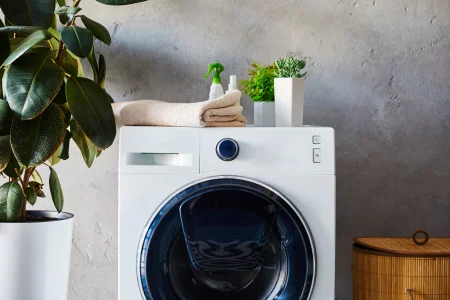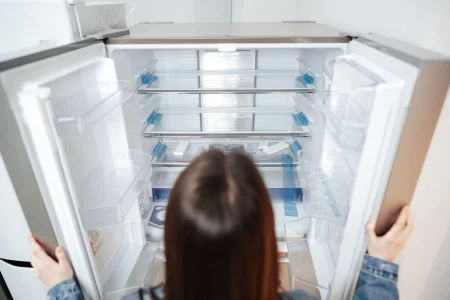After 15 years of helping people move all over London and beyond, I can tell you one thing for sure: excellent packing makes all the difference. Whether you’re just moving a few streets away or heading across the country, using the right packing materials will help protect your things, save you time, and make the whole day a lot less stressful.
At Best London Removals, we see it every day: jobs go smoother, quicker, and with fewer problems when everything’s packed properly from the start. Here’s a concise summary of the essential packing supplies you should gather before your move:
Sturdy cardboard boxes – the backbone of every move
You can’t do a proper move without a set of strong cardboard boxes. They’re the go-to for packing up most contents in the house: reliable and easy to stack.
Here’s how to make the most of them:
- Use different sizes
For heavy items like books, plates, or tins, it’s best to use smaller boxes. Because they are small, it is more difficult to overfill them, making them easier to transport and much less likely to become too heavy to lift. For lighter items like clothing, bedding, or cushions, larger boxes work better. - Choose double-walled boxes:
They’re tougher, especially if you’re packing anything breakable or valuable. You don’t want boxes caving in or getting squashed in the van. - Use specialist boxes where needed:
Wardrobe boxes are excellent for keeping your hanging clothes neat; no folding is needed. If you’re packing glasses or bottles, go for boxes with dividers. And if you’ve got a big TV, use a proper screen box with foam, which is much safer than wrapping it in a blanket and hoping for the best.
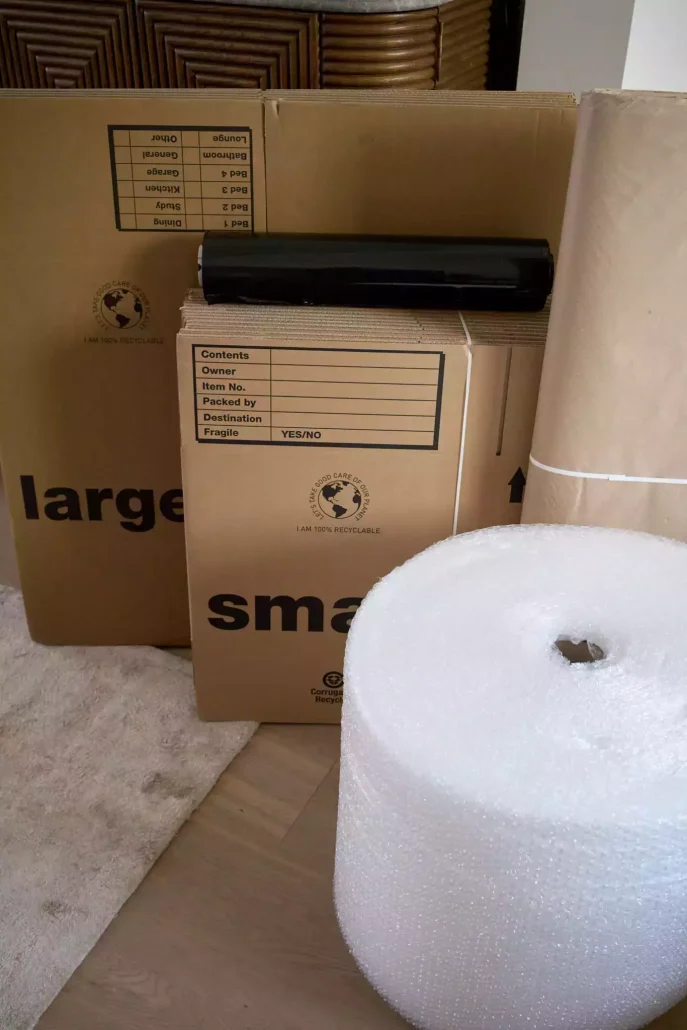
Plastic crates – durable, reusable, and water-resistant
Plastic crates or bins are a wonderful alternative to traditional cardboard boxes, especially for frequent movers or for added protection during longer-distance moves.
Why they’re worth considering:
- Reusable and eco-friendly
They can be used repeatedly; hence, they are greener solutions compared to disposable boxes. - Waterproof
Beneficial in packing wet items from places outside the house, such as gardens, sheds, or garages. They ensure that wet belongings do not get ruined or cause damage to other packed items during transit, unlike cardboard packing, which is unsuitable for damp or moist goods unless thoroughly dried first and carefully protected. - Transparent and stackable
Being able to see contents helps with unpacking and finding priority items.
Bubble wrap and packing paper – your first line of defence
Breakables? You’ve got to wrap and pad them right, or they won’t survive the move.
Here’s how to use them well:
- Wrap each item on its own, even small ones. Any gaps inside the box should be filled with crumpled packing paper to prevent items from shifting during the move.
- Use bubble wrap for delicate things like vases, glasses, plates, ceramics, picture frames or electronics — anything that could crack or break.
- Mark all boxes with fragile items clearly, ideally on more than one side, so it’s easy to spot from any angle.

High-quality packing tape – don’t cut corners
Cheap tape peels off or snaps under tension. Invest in good quality packing tape to avoid annoying re-dos or even accidents during loading.
Pro tips:
- Use a tape gun or dispenser to speed up sealing and reduce waste.
- Reinforce the bottoms of all boxes with two or more strips of tape for added strength.
- Don’t forget to tape across the top seams, too — especially on heavier loads.
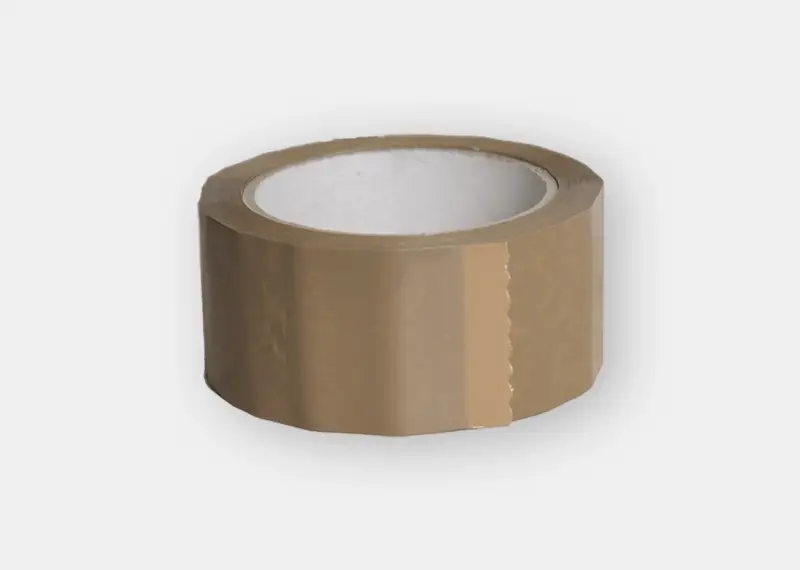
Foam padding and packing peanuts – for extra-fragile items
- Fill in gaps and corners to prevent movement during transit.
- Use in combination with bubble wrap and strong boxes for layered protection.
- Be mindful not to overuse; excessive packing peanuts can make unpacking messy.

Furniture covers and moving blankets – protect against scratches and scuffs
Larger pieces, such as sofas, mattresses, dining tables, and dressers, should be protected with coverings.
- Use stretch-wrap for upholstered furniture and fabric covers for mattresses.
- Moving blankets can cushion furniture during loading and prevent scrapes in tight doorways or stairwells.
- Tape or tie covers securely in place to avoid slippage during transport.

Labelling and organisation – don’t skip this step
The most overlooked packing tool is an organised labelling system. It can save hours of confusion at your new home.
- Colour-coded labels: Assign each room a colour and mark the corresponding boxes.
- Clear descriptions: Write contents on each box to avoid digging through everything later.
- Create an essentials box: Pack daily-use items (kettle, phone charger, toilet paper, etc.) and label this box for immediate access.
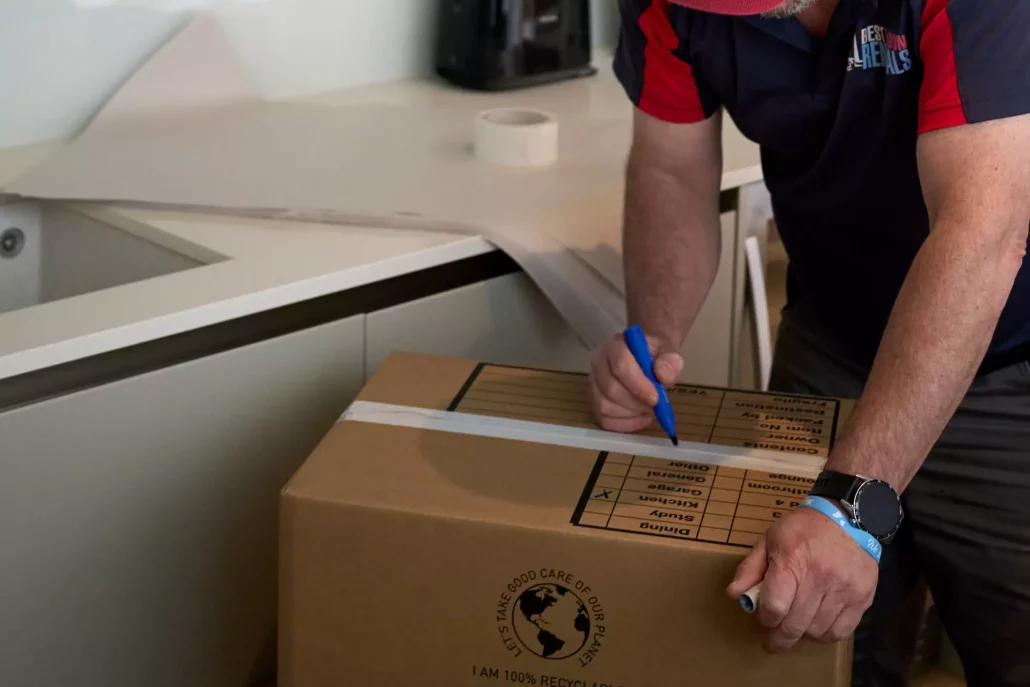
Pro tips:
- Don’t overfill boxes. Heavy boxes are more likely to break and harder to carry.
- Wrap and pad electronics well. Original packaging is ideal — if not, wrap securely in multiple layers and box separately.
- Use corner guards for framed art and mirrors. These inexpensive protectors prevent chips and cracks.
Final thoughts
The choice of packaging materials is not only about what you pack, but also about how you pack. Items properly protected are far less likely to suffer damage, and a well-organised packing system makes loading, transport, and unpacking far easier.
At Best London Removals, we provide a complete range of packing services and materials, from premium, double-walled boxes to bespoke crating for artwork and antiques. If you’re not quite sure what you might need, our staff will always be happy to advise or provide whatever you might need as part of our tailored packages.


